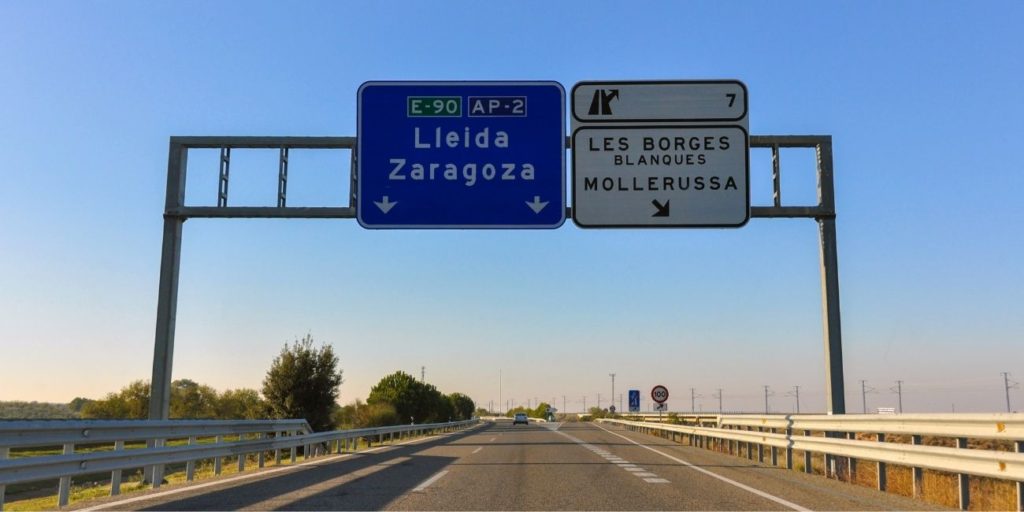The Brexit Impact
Now that Brexit has come into effect, UK citizens have had to get used to new regulations when it comes to travel and trade with Europe. This includes those who wish to drive their UK vehicles on the continent. In this article, we take a look at the new requirements, so you’ll be all set to hit the road.
Documents
You need a valid passport to travel to the EU. A valid passport is one that is less than 10 years old and has a minimum of 6 months of validity left. Burgundy passports, whether with “European Union” on the cover or not, remain valid alongside the new blue passport. If you’re going to drive your car in the EU, you must also carry your UK driving license, your logbook (V5C) and your insurance certificate.
Insurance
All UK motor insurance policies continue to provide third-party motor insurance cover for travel within EU and EEA member states. You will not need to purchase additional third-party motor insurance cover to meet the minimum insurance requirements of the countries you will be driving but remember this will only cover you for third-party. You may still need to contact your insurance broker or company if you want the same level of cover as you have in the UK.

International Driving Permits
If you have a valid UK photo driving license you do not need an international driving permit (IDP) to drive your car in the EU, Switzerland, Iceland or Liechtenstein. You might need an IDP to drive in some EU countries and Norway if you have a paper driving license or a license that was issued in Gibraltar, Guernsey, Jersey or the Isle of Man. IDPs can be purchased over the counter from UK post offices.
Green Cards
The UK remains part of the Green Card-free circulation area post-Brexit. As a result, you do not need to carry a green card to drive your car in the EU (including Ireland), Andorra, Bosnia and Herzegovina, Iceland, Liechtenstein, Norway, Serbia, and Switzerland.
UK Stickers
As of the 28th September 2021, the national identifier displayed on vehicles registered in the United Kingdom that are driven abroad changed from GB to UK. This means that vehicles registered in the UK must display the letters “UK” when driven in the EU. The identifier can be incorporated in vehicle number plates (along with the Union Flag) or as a separate sticker. Note that vehicles featuring the letters GB together with the Council of Europe golden stars are no longer valid for driving abroad. If your vehicle does not have the UK identifier within the number plate, you will require a UK sticker. However, in Spain, Cyprus or Malta, you must display a UK sticker no matter what is on your number plate.
Local driving Laws
Being a foreign visitor does not exempt you from local driving laws. Make sure you understand and follow overseas driving rules, including local speed limits and drink driving laws. Depending on the country you’re visiting you may need to carry extra equipment in your vehicle – for example, you need a reflective jacket for the driver and every passenger plus a warning triangle in many EU countries.
FINAL THOUGHTS
Despite Brexit, driving your UK registered car in Europe is still possible and relatively straightforward if you’re aware of some basic rules and requirements. These rules may be subject to change post-publication of this article (in February 2022) so we would recommend checking for up to date information via the Gov.uk website before travelling.




